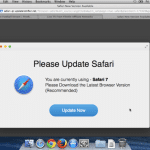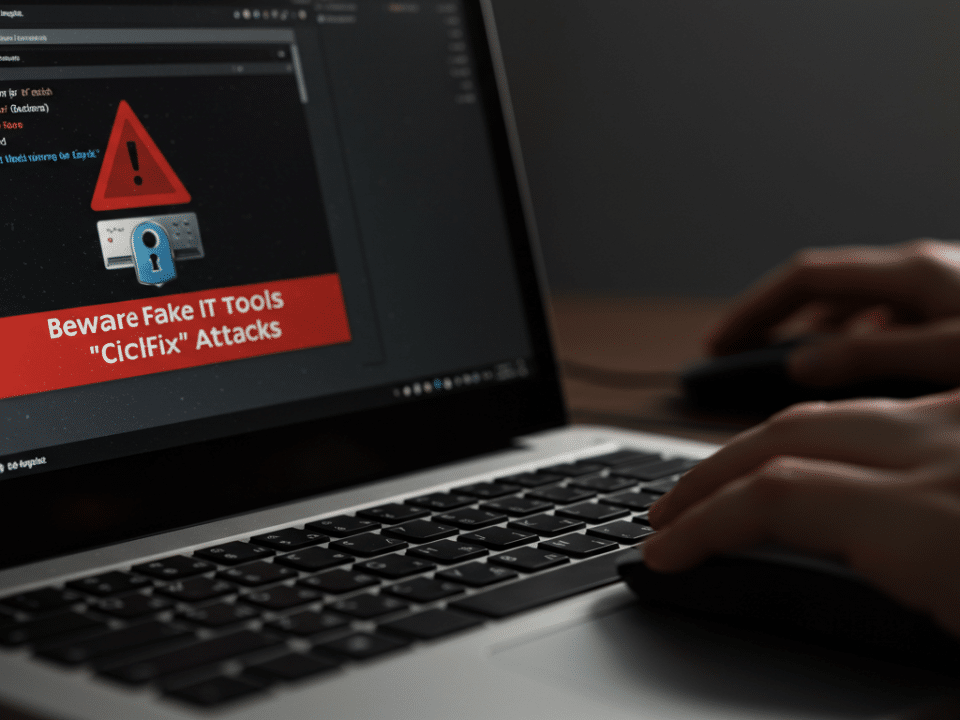
Passkeys: Elevating Online Authentication to a New Realm of Security and Convenience
November 21, 2023
Protecting Your Digital Identity: Safeguarding Your Mac from ClearFake and Atomic Stealer
November 23, 2023Multi-Stage Phishing Attacks: A Multifaceted Threat
In the ever-evolving digital landscape, phishing attacks have become a relentless menace, constantly adapting to exploit human vulnerabilities and compromise online security. Multi-stage phishing attacks, in particular, represent a sophisticated and multifaceted threat, employing a combination of deceptive techniques to increase the likelihood of success.
QR Codes: A Gateway to Deception
QR codes, once hailed as a convenient tool for accessing information, have been cleverly repurposed by cybercriminals as a phishing vector. Attackers ingeniously embed malicious URLs within QR codes, strategically placed in public spaces or distributed through unsolicited emails. Unsuspecting users, lured by the promise of quick access to information, are tricked into scanning these QR codes, unknowingly navigating to fake websites designed to steal their credentials or install malware.
CAPTCHAs: Masking Malicious Intent
CAPTCHAs, the ubiquitous online tests intended to distinguish between human users and automated bots, have been cleverly exploited by phishers to mask their malicious intent. Attackers leverage CloudFlare’s CAPTCHAs to hide credential-harvesting forms on fake websites, effectively concealing their nefarious activities from automated security systems. This deceptive tactic adds a layer of credibility to the fake website, further ensnaring unsuspecting victims.
Steganography: Hiding in Plain Sight
Steganography, the art of concealing data within seemingly innocuous files, has emerged as a stealthy weapon in the arsenal of phishers. Attackers deftly embed malicious code within images, PDFs, and other commonly used file formats, rendering the malware invisible to the naked eye. When these files are opened, the hidden code executes, unleashing malware or silently redirecting users to phishing websites.
Multi-Stage Deception: A Layered Assault
Multi-stage phishing attacks orchestrate these techniques into a complex and deceptive experience for the victim. The first stage typically involves an initial phishing email or text message, crafted to pique curiosity and induce action. The message often contains a malicious link or QR code that, when clicked or scanned, directs the victim to a seemingly legitimate website.
In the second stage, the fake website, designed to mimic the genuine site, employs CAPTCHAs to further enhance its credibility and mask the underlying malicious intent. The victim, believing they are interacting with a trustworthy site, may proceed to enter their login credentials or other sensitive information, unaware that they are falling prey to a well-orchestrated deception.
The final stage of the attack often involves a seamless redirect to the legitimate website, a calculated move to further confuse the victim and conceal the attacker’s actions. The attacker, armed with the stolen credentials or sensitive information, can then proceed to compromise the victim’s accounts or launch further attacks.
Safeguarding Your Digital Fortress
To fortify your digital defenses against multi-stage phishing attacks, vigilance and caution are essential:
- QR Code Caution: Exercise extreme caution when scanning QR codes, especially those from unknown sources or those appearing in suspicious locations or messages.
- CAPTCHA Scrutiny: Approach CAPTCHAs with a critical eye. If a CAPTCHA appears unusual or embedded within a suspicious website, exercise caution and refrain from entering any personal information.
- Steganography Awareness: Be wary of unsolicited files from unknown senders, particularly those with unusual extensions or file types. Avoid opening these files, especially if they arrive unexpectedly or are embedded within suspicious messages.
- URL Verification: Before clicking on any links, hover your cursor over the link to view the actual URL. If it doesn’t match the expected website address or appears suspicious, avoid clicking on it.
- Account Protection: Utilize strong and unique passwords for all of your online accounts. Enable two-factor authentication wherever possible to add an extra layer of security.
- Continuous Learning: Stay informed about the latest phishing trends and techniques to recognize and avoid these sophisticated scams.
- Suspicion Reporting: If you encounter a suspected phishing attempt, report it immediately to the appropriate authorities or organizations.
A Vigilant Approach to Digital Security
Multi-stage phishing attacks pose a formidable threat to online security. By understanding the deceptive techniques employed by attackers and adopting vigilant practices, you can effectively safeguard yourself from these sophisticated scams. Remember, staying informed, exercising caution, and proactively protecting your accounts are key to maintaining a secure and resilient digital presence.
#MultiStagePhishing #QRPhishing #CAPTCHAPhishing #SteganographyPhishing #Cybersecurity #OnlineSafety #ProtectYourself #StayAlert #BeCyberAware




